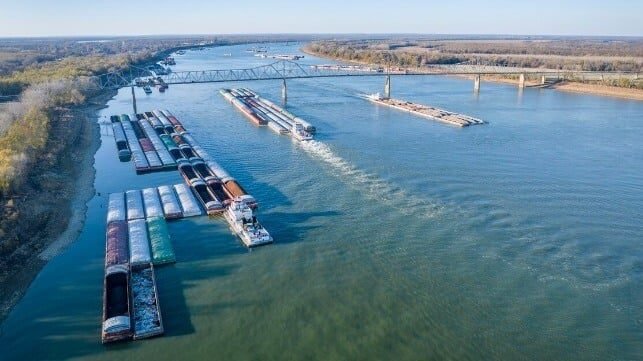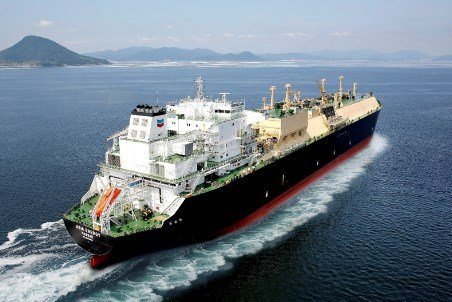The maritime industry is undergoing significant changes driven by a focus on reducing carbon emissions, technological advancements, and stricter regulations. Operators in coastal and inland waterways are now challenged to maintain reliable and compliant operations while adapting to evolving performance standards. Fluid technology advancements are playing a crucial role in meeting these challenges by providing lubricants that can meet both regulatory and operational demands.
One key trend in maritime fluid technology is the shift towards lower carbon-intensity fuels and higher engine efficiency. This shift presents new challenges for lubricants, leading to investments in renewable base stocks and additive technologies. Synthetic Environmental Acceptable Lubricants (EALs) are now delivering high-performance attributes such as oxidation and wear protection, as well as compatibility with modern equipment materials. These advancements ensure that lubricants can meet regulatory requirements while also enhancing operational efficiency.
Regulatory compliance remains a critical aspect of maritime operations, with standards like the EPA’s Vessel General Permit (VGP) requiring the use of biodegradable lubricants in certain applications. While conventional mineral oils are less expensive, they do not meet these compliance standards and pose environmental risks. New synthetic, renewable EAL formulations on the market provide both biodegradability and superior performance, meeting stringent VGP biodegradability requirements and offering improved thermal stability and longer service intervals. By choosing premium EALs, operators can safeguard their assets and bottom line, leading to longer oil life and reduced maintenance costs.





